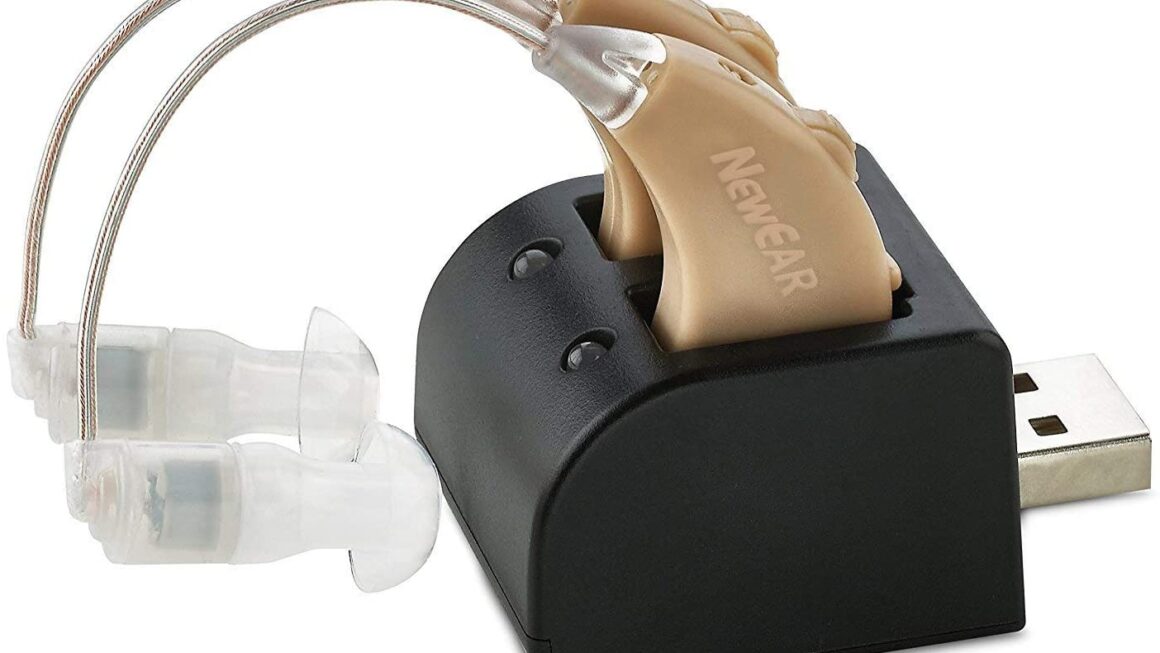Introduction
Headaches are a common ailment experienced by people of all ages. Among the various types of headaches, pulsating headache is characterized by a throbbing or pulsating sensation in the head. These headaches can be debilitating and significantly impact a person’s quality of life. In this article, we will explore the causes, symptoms, and management strategies for pulsating headaches.
What Is a Pulsating Headache?
A pulsating headache refers to a type of headache characterized by a rhythmic pulsation or throbbing sensation in the head. It is often accompanied by other symptoms such as nausea, sensitivity to light and sound, and even visual disturbances. Pulsating headaches can occur on one side or both sides of the head and can vary in intensity and duration.
Types of Pulsating Headaches
Migraine Headaches
Migraine headaches are one of the most common types of pulsating headaches. They are usually severe and can last for hours or even days. Migraines are often accompanied by symptoms such as nausea, vomiting, and sensitivity to light and sound. Certain triggers, such as hormonal changes, stress, certain foods, and environmental factors, can contribute to the onset of migraines.
Tension Headaches
Tension headaches are another type of pulsating headache, but they are usually milder compared to migraines. They are often described as a dull, achy pain that feels like a tight band around the head. Tension headaches can be caused by stress, anxiety, poor posture, or muscle tension in the neck and shoulders.
Causes of Pulsating Headaches
Genetic Factors
There is evidence to suggest that genetics play a role in the development of pulsating headaches. If a close family member suffers from migraines or tension headaches, you may be at an increased risk of experiencing them as well.
Triggers
Pulsating headaches can be triggered by various factors, including certain foods (e.g., chocolate, cheese, processed meats), strong odors, bright lights, loud noises, changes in weather, and lack of sleep.
Hormonal Changes
Hormonal fluctuations, particularly in women, can contribute to the onset of pulsating headaches. Many women experience migraines or tension headaches in relation to their menstrual cycle, pregnancy, or menopause.
Stress and Anxiety
Stress and anxiety are common triggers for pulsating headaches. High levels of stress can lead to muscle tension and constriction of blood vessels, which can result in head pain.
Environmental Factors
Exposure to certain environmental factors, such as strong smells, secondhand smoke, and loud noises, can trigger pulsating headaches in susceptible individuals.
Symptoms of Pulsating Headaches
Throbbing Pain
The primary symptom of a pulsating headache is a throbbing or pulsating pain in the head. This pain is often moderate to severe in intensity and can interfere with daily activities.
Sensitivity to Light and Sound
Individuals with pulsating headaches may experience heightened sensitivity to light and sound. Exposure to bright lights or loud noises can exacerbate the pain and discomfort.
Nausea and Vomiting
Nausea and vomiting are common symptoms associated with pulsating headaches, particularly migraines. These symptoms can further contribute to the overall discomfort experienced during an episode.
Aura
Some individuals may experience an aura before the onset of a pulsating headache. An aura can manifest as visual disturbances, such as flashes of light, blind spots, or zigzag lines.
Diagnosis and Medical Evaluation
To diagnose pulsating headaches and rule out other potential causes, medical evaluation is essential. The following methods may be employed:
Medical History and Physical Examination
A healthcare provider will review your medical history and conduct a physical examination to assess your symptoms and overall health.
Imaging Tests
In some cases, imaging tests such as CT scans or MRI scans may be recommended to rule out underlying structural abnormalities or conditions.
Blood Tests
Blood tests may be performed to check for any underlying medical conditions or abnormalities that could contribute to the occurrence of pulsating headaches.
Managing Pulsating Headaches
Lifestyle Modifications
Implementing certain lifestyle modifications can help manage pulsating headaches. These include maintaining a regular sleep schedule, practicing stress management techniques, staying hydrated, and avoiding known triggers.
Over-the-Counter Medications
Over-the-counter pain relievers such as acetaminophen or nonsteroidal anti-inflammatory drugs (NSAIDs) can be used to alleviate mild to moderate pulsating headaches. It is important to follow the recommended dosage and consult a healthcare professional if symptoms persist or worsen.
Prescription Medications
For individuals with frequent or severe pulsating headaches, prescription medications such as triptans or ergotamine derivatives may be prescribed by a healthcare provider. These medications help alleviate pain and reduce the frequency and intensity of headaches.
Alternative Therapies
Some individuals find relief from pulsating headaches through alternative therapies such as acupuncture, biofeedback, or relaxation techniques. These therapies can help manage pain and promote overall well-being.
Prevention of Pulsating Headaches
Identify Triggers
Identifying and avoiding triggers that contribute to pulsating headaches is crucial in preventing their occurrence. Keeping a headache diary can help track potential triggers and establish patterns.
Stress Management Techniques
Implementing stress management techniques, such as practicing relaxation exercises, mindfulness meditation, or engaging in regular physical activity, can help reduce the frequency and severity of pulsating headaches.
Regular Exercise and Healthy Diet
Maintaining a regular exercise routine and following a balanced diet can contribute to overall well-being and reduce the likelihood of pulsating headaches. It is important to stay hydrated and avoid skipping meals.
Adequate Sleep and Rest
Getting sufficient sleep and rest is essential in managing pulsating headaches. Establishing a regular sleep schedule and creating a conducive sleep environment can help prevent headaches.
When to Seek Medical Attention
If you experience severe or persistent pulsating headaches that significantly impact your daily life, it is important to seek medical attention. Additionally, if you experience sudden-onset severe headaches, accompanied by neurological symptoms such as weakness, vision changes, or difficulty speaking, immediate medical evaluation is warranted.
Conclusion
Pulsating headaches, whether migraines or tension headaches, can be challenging to manage, but with the right strategies and treatment approaches, individuals can find relief and improve their quality of life. Identifying triggers, making lifestyle modifications, and seeking appropriate medical care are essential steps in effectively managing and preventing pulsating headaches.
Frequently Asked Questions (FAQs)
Can pulsating headaches be a sign of a serious medical condition?
In some cases, pulsating headaches can be a symptom of an underlying serious medical condition. It is important to consult a healthcare professional for an accurate diagnosis and appropriate management.
Are there any natural remedies to relieve pulsating headaches?
While there are no definitive natural remedies for pulsating headaches, some individuals find relief through practices like applying cold or warm compresses, practicing relaxation techniques, or using essential oils such as lavender or peppermint.
How long do pulsating headaches typically last?
The duration of pulsating headaches can vary. Migraine headaches can last anywhere from a few hours to several days, while tension headaches typically resolve within a few hours or a day.
Can children experience pulsating headaches?
Yes, children can experience pulsating headaches. If your child frequently complains of headaches or displays symptoms, it is advisable to consult a pediatrician for proper evaluation and guidance.
Can pulsating headaches be prevented entirely?
While it may not be possible to prevent pulsating headaches entirely, identifying triggers, managing stress, maintaining a healthy lifestyle, and following appropriate treatment plans can significantly reduce their frequency and intensity.












